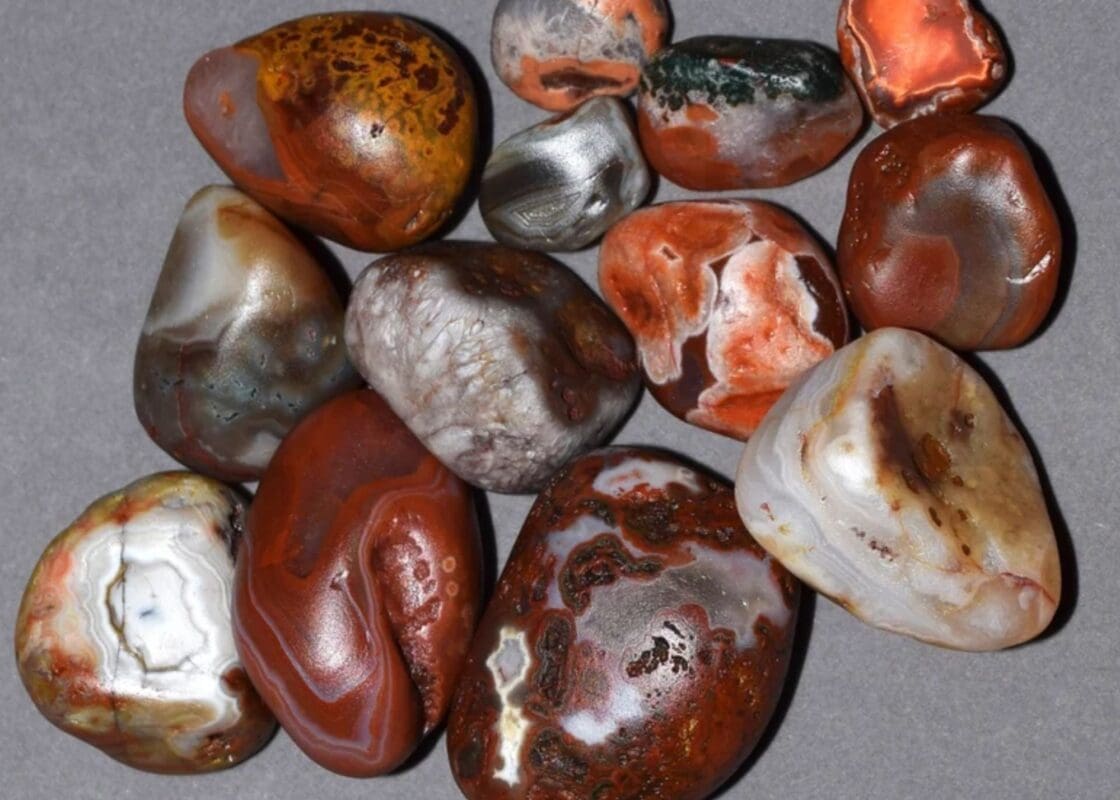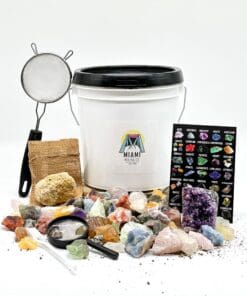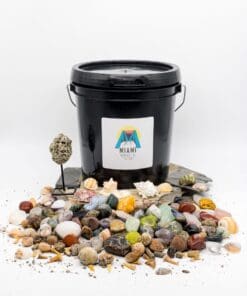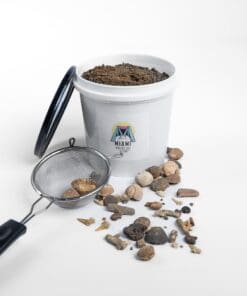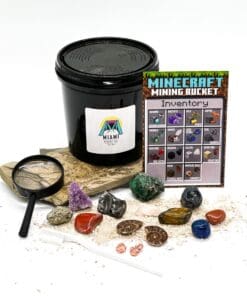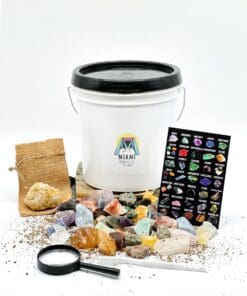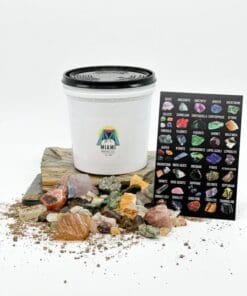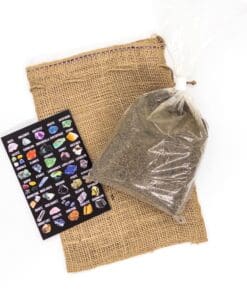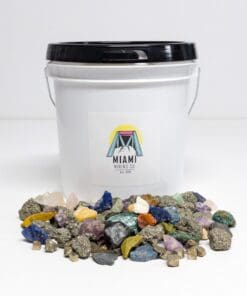Minnesota Gem Mining: Unveiling Nature’s Sparkling Secrets
Minnesota, the “Land of 10,000 Lakes,” is not only known for its stunning water bodies but also for its precious and semi-precious gemstones. Gem mining in Minnesota offers hobbyists, professionals, and tourists an opportunity to uncover a piece of the Earth’s hidden beauty. This article serves as a comprehensive guide to the world of gem mining in the state, taking you through the various types of gems, mining locations, history, and more.
The Most Popular Gemstones in Minnesota
Minnesota boasts a rich tapestry of gemstones that attract both novice and professional rockhounds. From the enchanting patterns of the Lake Superior Agates to the mysterious depths of Thomsonite, the state has it all. Here, we delve deeper into the treasures Minnesota has to offer:
Rare Gemstones Found in Minnesota:
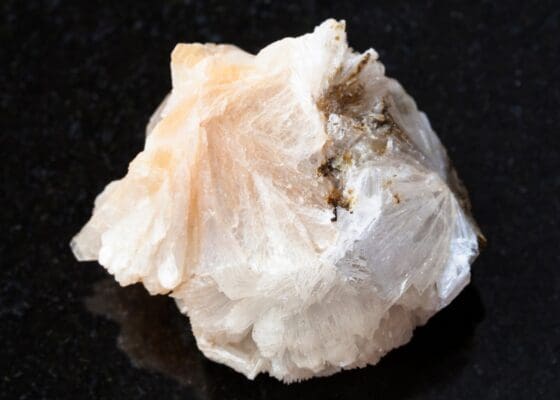
| Gemstone | Description |
|---|---|
| Lake Superior Agate | Recognized by its vibrant bands, formed over a billion years ago, and is the official state gemstone. |
| Thomsonite | A unique zeolite mineral with beautiful radial patterns, often seen in white, green, or pink. |
| Starlite | A rare variant of quartz found in Minnesota, with a mesmerizing starburst pattern inside. |
| Binghamite | A silicified wood or chatoyant quartz variant, often displaying a stunning golden hue. |
| Isle Royale Greenstone | Chlorastrolite, commonly known as Greenstone, is a green or blue-green stone, best known for its turtleback pattern. |
Common Gemstones Found in Minnesota:
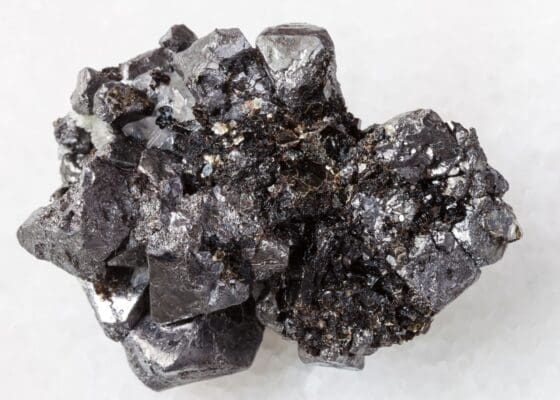
| Gemstone | Description |
|---|---|
| Lake Superior Agate | The state’s gem, popular for its rich, varied colors and banded patterns. |
| Jasper | A form of chalcedony, found in red, yellow, or brown, known for its strong and durable nature. |
| Quartz | Commonly found in a variety of forms, including milky, rose, and amethyst. |
| Hematite | Known for its dark, metallic appearance, often found in iron-rich regions of the state. |
| Basalt | Volcanic rock, often found near Lake Superior and used frequently in jewelry. |
| Galena | Lead-based mineral that has a silvery appearance and cubic formations. |
| Calcite | Found in clear, white, or light-colored varieties, often in limestone regions. |
| Pyrite | Also known as “fool’s gold”, this mineral has a shiny gold appearance. |
| Magnetite | A magnetic mineral, often found with other iron ores and has a black or brownish hue. |
| Barite | A heavy mineral often found in rose-like aggregates or tabular crystals, used as a gemstone and for industrial purposes. |
Whether you’re hoping to find one of the rarer gems or enjoy the abundant beauty of the more common stones, Minnesota’s geology offers a treasure trove for all.
Top Gem Mining Locations in Minnesota

- Moose Lake State Park: Situated in Carlton County, this park is renowned for its abundance of Lake Superior Agates. Every summer, the park hosts the Agate Days celebration, drawing enthusiasts from all around. Typically open from dawn till dusk, there’s a minimal state park entrance fee for vehicles.
- St. Croix Valley: Stretching along the eastern edge of Minnesota, the St. Croix River Valley is dotted with gravel pits and farmlands that yield Lake Superior Agates, jaspers, and quartz. Always remember to secure permission if venturing onto private lands.
- Jeffers Petroglyphs: Located near Comfrey, this site is not just a treasure trove of ancient carvings but also a source of quartz and other semi-precious stones. It’s open seasonally, from April to October, with a small entry fee.
- Hill Annex Mine State Park: Once an active iron mine, this location in Calumet now serves as an educational site where you can learn about the history of mining in Minnesota and also search for fossils and gems. Hours vary seasonally, and there’s an entrance fee.
- Rock On Agate Shop: Nestled in Two Harbors, this spot allows enthusiasts to hunt for Lake Superior Agates and Thomsonites. While it’s a store, they have guided hunts with varying fees depending on the length and type of excursion.
- Yellow Medicine County Quarry: A hotspot for finding granite, quartz, and Pipestone, this quarry near Canby is open year-round, although permissions are required for collecting.
- Zumbro River: Flowing through southeastern Minnesota, the Zumbro River’s gravels are ripe for agate hunting, jaspers, and quartz. Access is public, but be sure to remain respectful of the environment.
- Whitewater State Park: Located near Altura, this park offers both picturesque landscapes and opportunities to discover agates, fossils, and siliceous sinter. It’s open year-round, with an entrance fee.
- Soudan Underground Mine State Park: Found in Tower, this park gives an insight into Minnesota’s deep mining history. Alongside the historical elements, you can hunt for gemstones and minerals. They’re open seasonally with tour-based fees.
- Root River: Meandering through the southeastern part of the state, the banks and gravel beds of Root River present abundant opportunities for agate enthusiasts. Public access points are available, but ensure you respect private property boundaries.
As you plan your gem hunting expedition, it’s crucial to check ahead for any changes in operating hours, fees, and rules. Minnesota offers an array of locations, each holding the promise of a rewarding gem discovery experience.
History of Gem Mining in Minnesota
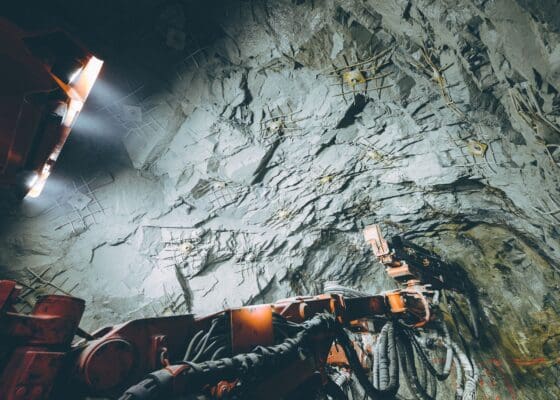
Minnesota, with its intricate geology, is a haven for gem enthusiasts. The history of gem mining and collection in the state traces its roots back thousands of years, long before it became a pastime and commercial activity.
Indigenous tribes of the region were the original gem miners, employing the state’s vast mineral resources for practical uses and spiritual symbolism. The Lake Superior Agate, now the state’s official gem, was especially valued. These tribes identified and made use of these colorful, banded gemstones for tools, ceremonial items, and ornaments. Their deep connection to the land allowed them to recognize the spiritual and utilitarian value of these naturally occurring treasures.
Fast forward to the late 19th and early 20th centuries; as European settlers began to comprehend the geological wealth beneath their feet, gem mining gradually transformed from a subsistence activity to a commercial one. The industrial era brought about significant exploration, leading to the discovery of iron ores and, consequently, other minerals and gemstones. As towns sprouted around mining areas, word spread about the state’s rich deposits, attracting prospectors and merchants.
The designation of the Lake Superior Agate as the official state gemstone in 1969 further bolstered the state’s reputation as a gem hotspot. This move wasn’t merely symbolic; it reflected Minnesota’s pride in its geological heritage and was a nod to its glacial history. The glaciers, millions of years ago, played a crucial role in dispersing these agates from their original volcanic bedrock, scattering them across the state.
Tales of successful gem hunting ventures, especially post the agate’s designation, led to a surge in amateur gem hunting, paving the way for a new form of tourism. Families and solo travelers alike were drawn to the promise of unearthing a piece of the Earth’s ancient past.
In essence, the history of gem mining in Minnesota is more than just the extraction of valuable stones; it’s a testament to the deep bond between the land and its inhabitants. Every gemstone unearthed carries with it a fragment of Minnesota’s rich geological tapestry, waiting to be discovered, cherished, and passed down through generations.
Gem Mining Regulations in Minnesota

Minnesota, often dubbed as the ‘Star of the North,’ gleams not just metaphorically, but also literally, with its rich gemstone deposits. Yet, as with all natural resources, the state emphasizes responsible and sustainable extraction. This has necessitated the implementation of specific regulations, ensuring that both the environment and the interests of various stakeholders are protected.
Before embarking on any gem hunting journey in Minnesota, it’s crucial to acquaint oneself with these legalities. Here’s a detailed overview:
- Private Property: The primary rule to remember is always to seek permission when hoping to explore or mine on private lands. This not only prevents legal repercussions but also respects the rights and privacy of landowners.
- State Lands and Public Areas: While casual collection of gemstones for personal use is generally permitted on state-owned lands, there are restrictions. Commercial collection, for instance, is usually prohibited. This distinction ensures that the state’s gem resources aren’t over-exploited, preserving them for future generations.
- Protected Areas: Within Minnesota, certain zones are designated as environmentally or historically significant. Places like national parks, monuments, and certain wildlife refuges often have strict prohibitions against any form of mining or gem collection. Breaching these regulations can lead to severe penalties.
- Permits: In some areas, especially those with a known abundance of valuable gems or minerals, permits may be required. The nature and cost of these permits can vary, often based on the intent (personal vs. commercial) and the specific area in question.
- Volume and Type Restrictions: In certain places, there might be limitations on the volume of gemstones or minerals that can be collected in a given timeframe. Some areas might also restrict the types of tools you can use, ensuring minimal disruption to the environment.
- Safety and Environmental Considerations: Beyond the strict legalities, regulations also emphasize safe gem hunting practices. Moreover, hunters are often encouraged, if not mandated, to follow ‘Leave No Trace’ principles. This means that post exploration, the land should be left as it was found, preserving its natural beauty and ecological balance.
- Sales and Commercial Use: If you intend to sell any gemstones you find, be aware that additional regulations or reporting might be necessary, especially for larger or more valuable finds.
It’s essential to note that these regulations aren’t static. They can evolve based on new environmental findings, shifts in state policies, or other socio-economic factors. Regularly checking with local and state authorities or relevant agencies before any gem hunting expedition is highly recommended. These measures, while they may seem stringent, ensure that Minnesota’s gem-rich legacy thrives, allowing future generations to experience the thrill of discovery just as we do today.
Necessary Tools and Equipment for Gem Mining in Minnesota
Minnesota’s diverse geological landscape provides a unique gem hunting experience. However, to fully enjoy and capitalize on this experience, one must be armed with the right tools and equipment. The right gear not only aids in finding gems but also ensures safety during the process. Here’s a comprehensive guide tailored to Minnesota’s terrains:
1. Screening and Classifying Tools: Reveal those hidden treasures!
Description: When hunting in riverbeds or lakeshores, a set of sieves can help filter out the gemstones from sediment. It’s an efficient way to sort through large quantities of material in a short time.

🛒 Explore Top Screening Sets on Amazon
2. Shovels and Trowels: Digging deep or just scratching the surface?
Description: Perfect for scooping up loose dirt or for delicate extractions where larger tools might be cumbersome.

🛒 Find Quality Shovels and Trowels on Amazon
3. Picks and Hammers: The backbone of any gem hunting endeavor.
Description: The quintessential tool for any rockhound. A good rock hammer helps extract specimens from rocks without causing them damage. They come in various weights and sizes, so choose one that feels comfortable.

🛒 Check Out Best Picks and Hammers on Amazon
4. Buckets: Your trusted companion for carrying treasures.
Description: A sturdy bucket can be handy for carrying larger finds and seperating different types of stones.
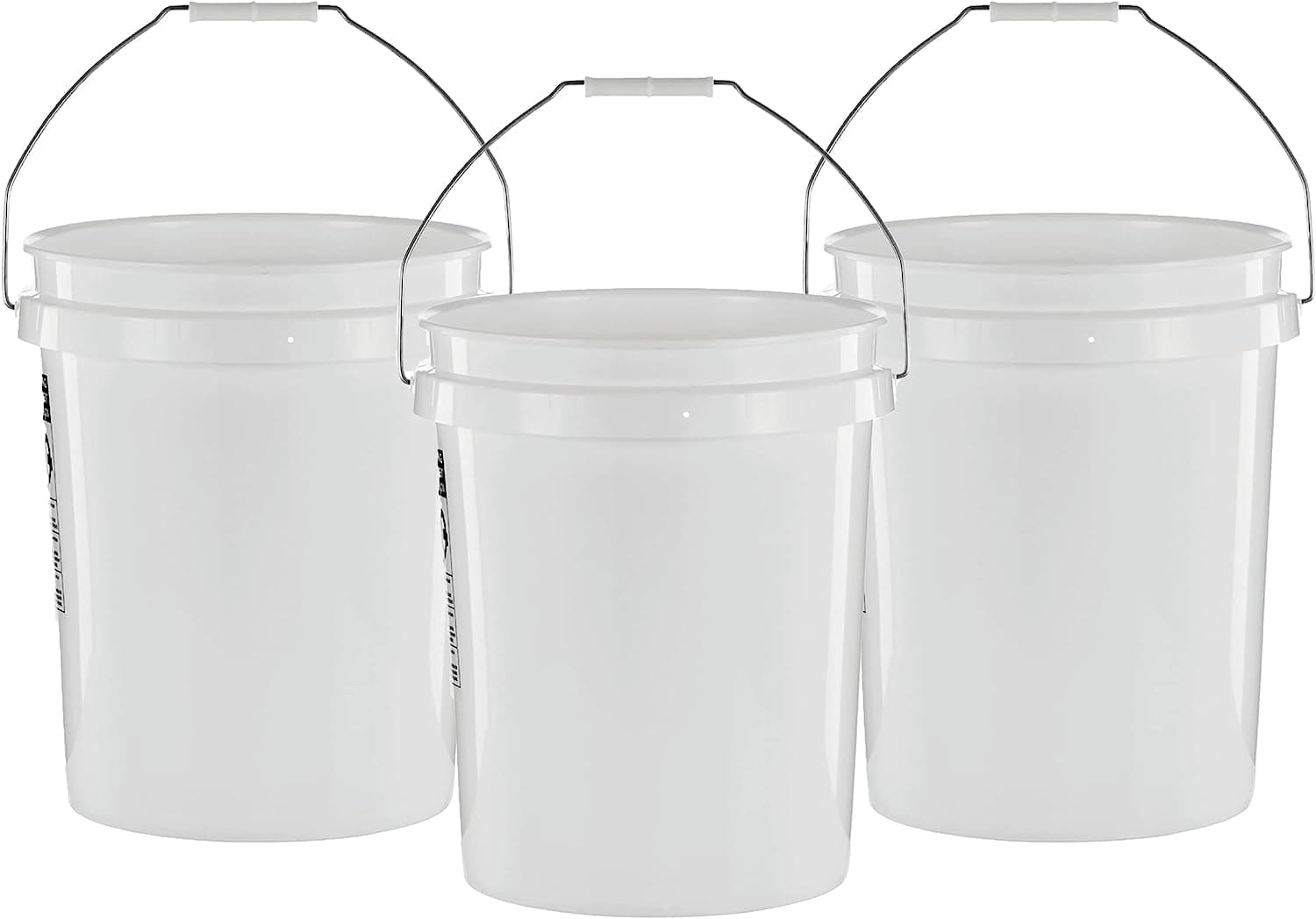
🛒 Shop for Reliable Buckets on Amazon
5. Magnifying Glass: Every detail counts!
Description: This magnifying tool is essential for inspecting potential finds closely. Given that many gems, especially agates, have intricate patterns, a loupe can help determine authenticity and quality.

🛒 Grab Your Magnifying Glass on Amazon
6. Guidebooks and Field Guides: Knowledge at your fingertips.
Description: A guidebook specific to Minnesota gemstones can be invaluable. It aids in identifying and understanding the significance of your finds.

🛒 Discover the Best Field Guides on Amazon
7. Containers and Bags: Organize, store, and flaunt your finds.
Description: As you collect specimens, having durable bags or containers prevents damage to your finds and makes it easier to carry them.

🛒 Shop for Storage Solutions on Amazon
8. First Aid Kit: Better safe than sorry!
Description: Always carry a basic first aid kit for minor injuries, especially if you’re in a remote location.

🛒 Secure Your First Aid Kit on Amazon
Venturing into Minnesota’s wilds in search of gemstones is an exciting endeavor. With the right equipment, the experience becomes richer, more productive, and safe. Remember, it’s not just about the finds but also about respecting the land and enjoying the journey. Happy hunting!
Tips and Tricks for Successful Gem Mining in Minnesota

Minnesota’s vast and diverse landscapes offer myriad opportunities for gem enthusiasts. But to make the most of a gem hunting expedition in the state, some insider knowledge can be invaluable. Here are some key tips and tricks to ensure a successful and enriching experience:
- Research Ahead: Before setting out, research the area you’re targeting. Different locations in Minnesota yield different gemstones. Knowing what to expect can narrow down your search and boost your chances of finding quality specimens.
- Start Early: Many gem hunters find that starting early in the day, especially in public areas, offers the best opportunities. Not only do you avoid the midday heat, but you also get ahead of other collectors.
- Weather Matters: After a rainfall, many gems, especially agates, become easier to spot as the rain cleans away the dirt and reveals their shine. Plus, water levels in streams and rivers might drop, exposing new areas ripe for exploration.
- The Sun’s Angle: Holding your specimen up against the sun or using the sunlight’s angle can help illuminate translucent stones like agates, making their unique patterns more visible.
- Safety First: Never venture into mines or quarries without proper permissions. They can be hazardous, with the risk of collapses or other dangers. Always inform someone of your whereabouts if heading into remote areas.
- Join a Local Club: Minnesota has several gem and mineral clubs. Joining one can provide you with invaluable local insights, access to special digs, and camaraderies with fellow enthusiasts.
- Respect the Land: Always follow the “Leave No Trace” principle. Fill in any holes you dig, don’t litter, and respect both public lands and private properties.
- Educate Yourself: While tools can aid discovery, knowledge is your most valuable asset. Understand the basic geology of the area and familiarize yourself with common gemstone appearances in their raw form.
- Stay Patient: Gem hunting is as much about patience as it is about skill and knowledge. Some days might be bountiful, while others can be lean. Remember, the experience and connection with nature are as rewarding as the finds themselves.
- Local Expertise: Engage with local rock shops or guides. Their years of experience in the area can provide insights that books or online sources might miss.
Gearing up for a gem hunt in Minnesota is more than just a quest for beautiful stones; it’s an adventure, an opportunity to connect with nature, and a journey through geological time. With these tips, you’re well on your way to a fulfilling and successful gem hunting expedition.
Handling Your Gemstone Finds
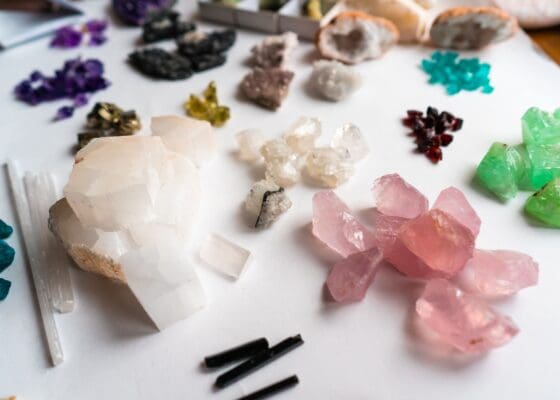
Discovering gemstones in Minnesota’s abundant terrains is undoubtedly thrilling, but the journey doesn’t end at extraction. Proper handling, cleaning, and storing of these treasures is essential not only to showcase their natural beauty but also to preserve them for generations. Here’s how to best care for your finds:
- Immediate Cleaning: Once extracted, use a soft brush to remove any loose dirt or debris. Gentle rinsing with water can also help. Avoid aggressive scrubbing, which could damage the stone.
- Advanced Cleaning Methods: For stubborn dirt or encrustations, consider soaking the gem in a solution of mild dish soap and warm water. Ultrasonic cleaners can be effective for certain gems, but they may damage porous or fracture-filled stones. Always research your specific gem before using advanced cleaning techniques.
- Labeling and Documentation: As soon as you clean your gem, label it. Note the location, date of the find, and any other relevant details. This documentation adds to the gem’s provenance and makes your collection more meaningful.
- Storage: Store each gem separately to avoid scratches from other stones or materials. Soft pouches, jewelry boxes with compartments, or plastic containers with padded interiors work well.
- Displaying Your Finds: If you wish to display your gems, invest in cases that offer protection from dust, direct sunlight, and moisture. Remember, prolonged exposure to direct light can fade the color of certain gemstones.
- Seek Expert Advice: If you believe you’ve found something exceptionally valuable or rare, consult with a gemologist or a seasoned collector. They can offer insights into the gem’s quality, potential value, and care recommendations.
- Avoid Chemical Exposures: Some gemstones are sensitive to chemicals. Always remove any gems before using household cleaners, and avoid wearing them in chlorinated pools or hot tubs.
- Consider Polishing: Polishing can bring out the inherent shine and luster of certain gemstones. However, it’s essential to recognize that not all stones benefit from polishing. Some, like the Lake Superior Agate, shine best when polished, while others are best left in their natural state.
- Insurance: For particularly valuable finds, consider getting them appraised and insured. It’s a way to safeguard against potential loss or damage.
- Education: Continuously educate yourself on the specifics of each gem in your collection. Knowledge about their properties, vulnerabilities, and care requirements ensures they remain in pristine condition.
Your gemstone finds are tangible connections to Minnesota’s rich geological past. By handling and caring for them with reverence, you not only celebrate their inherent beauty but also become a custodian of the state’s vibrant mineralogical legacy.
Famous Gemstone Finds in Minnesota
Minnesota’s vast landscapes have been the backdrop for several remarkable gemstone discoveries throughout history. These finds have not only added to the state’s geological significance but have also spun tales of adventure, serendipity, and awe. Let’s delve into some of the most famous gemstone finds in the state:

- The Kalevala Moonstone: Discovered in the northern stretches of Minnesota, this moonstone, named after the Finnish epic “Kalevala,” is renowned for its shimmering play of colors. It’s believed that such a stone was a centerpiece of ancient trade routes, connecting Minnesota with regions as far as present-day Mexico.
- Lake Superior’s Giant Agate: Weighing in at over 100 pounds, this agate’s discovery near the shores of Lake Superior in the 1980s made headlines. Its intricate lacework patterns and vivid colors make it a testament to the geological wonders beneath the state.
- The Star of the North Garnet: Found near the Iron Ranges, this garnet boasts a brilliant red hue and a unique 24-rayed star pattern, making it one of the rarest garnets worldwide. Its name aptly reflects both its beauty and its origin.
- Ely Greenstone Belt Discoveries: This ancient geological formation has yielded numerous gem-quality stones over the years. The belt’s claim to fame is the vast deposits of greenstone, which has captivated collectors and geologists alike.
- The Mystery of the Mesabi Black Diamond: Tales of a pitch-black diamond, larger than any other known diamond, being discovered in the Mesabi range, have become local lore. While its existence remains debated, the legend serves as a beacon for hopeful gem hunters.
- Binghamite Beauties: Also known as the Minnesota Pipestone, Binghamite was discovered by C. J. Bingham in the 1930s. This chatoyant gemstone, with its mesmerizing swirls of gold, red, and brown, has since become a prized possession for many collectors.
- The Whispering Crystal Clusters: Near the town of Moorhead, a farmer once stumbled upon clusters of transparent crystals emitting faint, musical chimes when the wind blew across them. These quartz clusters, named ‘Whispering Crystals,’ are now a part of local legends.
- The Blue Earth Jasper: Named after the region it was discovered in, the Blue Earth Jasper, with its captivating blue-green hues, mirrors the colors of the Earth when viewed from space.
Each of these discoveries paints a picture of Minnesota’s vast geological tapestry, inspiring both seasoned collectors and budding enthusiasts. These stories, entrenched in both fact and folklore, celebrate the state’s natural treasures and the endless possibilities lying just beneath our feet.
Additional Gem Mining Opportunities
Exploring Minnesota’s geology is a thrilling endeavor, but your gem-hunting adventure doesn’t have to stop at its borders. Many neighboring states also offer a rich tapestry of geological wonders waiting to be uncovered:
- Wisconsin Gem Mining: Just east of Minnesota, Wisconsin beckons with its diverse range of gemstones. From the Lake Superior Agate, similar to Minnesota’s finds, to beautiful red garnets and crystalline quartz formations, Wisconsin promises a unique gem-hunting experience.
- Iowa Gem Mining: Heading south, Iowa has a storied geological history. Keokuk geodes with their crystal-filled centers are a primary attraction, making it a must-visit for collectors and enthusiasts.
- South Dakota Gem Mining: West of Minnesota, South Dakota offers treasures like the Fairburn Agate, known for its colorful, intricate patterns, and the state’s iconic Black Hills Gold.
- North Dakota Gem Mining: To the north, while more known for its fossil finds, North Dakota is home to beautiful amber deposits and the unique North Dakota Diamonds, which are actually beautiful quartz crystals.
Diversifying your gem-hunting journey across these states not only enriches your collection but also deepens your appreciation of the Midwest’s expansive and varied geological heritage.
Explore our Gem Mining Near Me guide to uncover the secrets of successful gem mining and top locations.
The Magnetic Allure of Minnesota’s Gem Landscape
Minnesota, often regarded as the land of 10,000 lakes, holds within its depths an equally vast array of gemstones, each a silent testament to millennia of geological evolution. The allure of gem hunting in the state isn’t just about the quest for these tangible treasures. It’s a dance with history, an exploration of nature’s artistry, and a bonding experience with the rugged beauty of the Minnesotan terrain. Yet, while the thrill of discovery under the Minnesotan sky is unparalleled, not everyone can embark on such adventures.
Enter the alternative: A Gem Mining Kit. Designed for those with an insatiable curiosity but perhaps constrained by location, time, or resources. This kit brings the excitement of gem hunting right to your doorstep. Filled with a rich assortment of minerals and gems, it allows you to unearth and marvel at nature’s wonders within the comfort of your home. An adventure, after all, is a state of mind.

